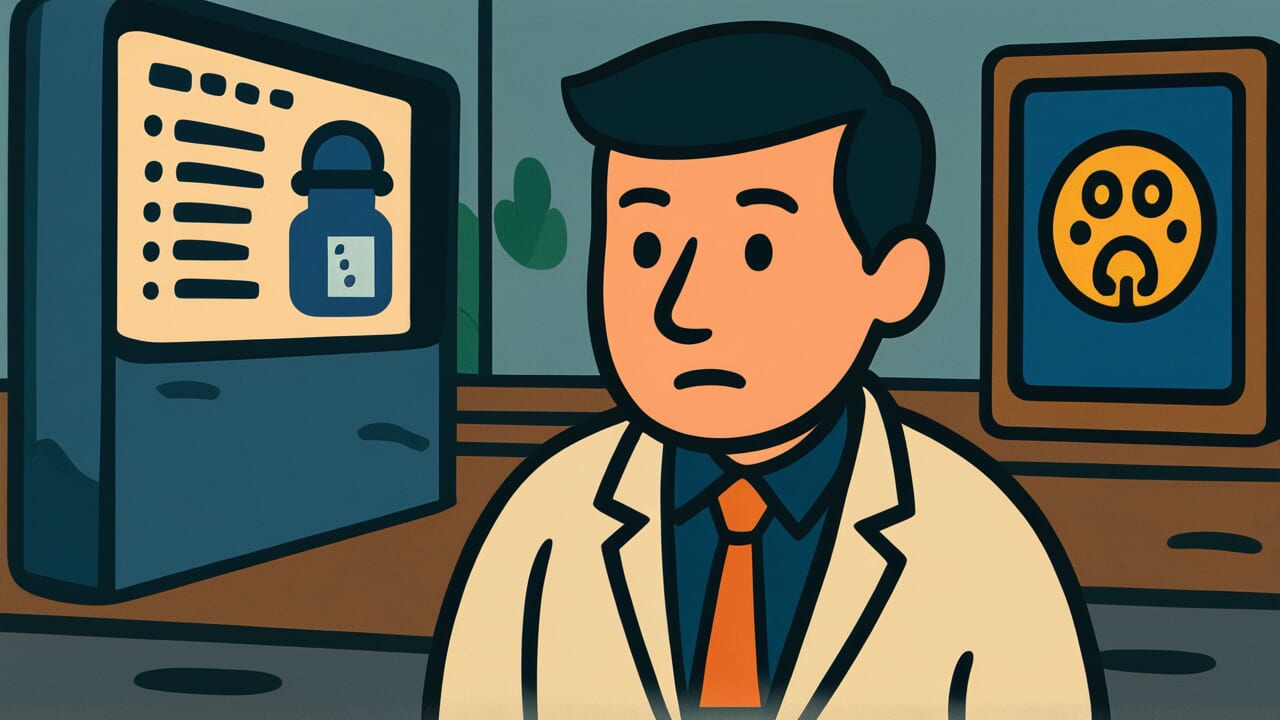How to Read “You never know what you can do until you try”
You never know what you can do until you try
[YOO neh-ver noh wuht yoo kan doo uhn-TIL yoo trahy]
All words use standard pronunciation.
Meaning of “You never know what you can do until you try”
Simply put, this proverb means your true abilities stay hidden until you actually attempt something challenging.
The basic message is straightforward. We often underestimate ourselves before trying new things. Our minds create limits that may not really exist. Only through action do we discover our real capabilities.
This wisdom applies everywhere in daily life. Students might think they cannot learn difficult subjects until they study hard. People avoid job interviews believing they are not qualified enough. Others skip trying new hobbies because they assume they lack talent.
What makes this saying powerful is its focus on self-discovery through action. Many people spend time wondering if they can succeed instead of finding out. The proverb suggests that thinking about ability is less useful than testing it. Real knowledge about ourselves comes from experience, not imagination.
Origin and Etymology
The exact origin of this specific phrasing is unknown. However, similar ideas about discovering abilities through action appear throughout recorded history. Ancient wisdom traditions often emphasized learning through doing rather than just thinking.
This type of saying became popular during times when people faced new challenges. Periods of exploration, innovation, and social change created situations where people had to attempt unfamiliar tasks. Such circumstances naturally led to wisdom about discovering hidden capabilities.
The modern English version likely developed during the past few centuries. As societies became more complex, people encountered more opportunities to try new things. The saying spread because it captured a common human experience. Today it remains popular because modern life continues to present us with unknown challenges and possibilities.
Interesting Facts
The word “try” comes from Old French meaning “to sift” or “to separate.” This connects to the idea of sorting out what we can and cannot do. The phrase uses simple, everyday words that make it easy to remember and share. This proverb appears in similar forms across many languages, suggesting the idea resonates universally with human experience.
Usage Examples
- Coach to hesitant athlete: “I know the high jump bar looks intimidating, but you never know what you can do until you try.”
- Friend to job seeker: “Stop overthinking that promotion application – you never know what you can do until you try.”
Universal Wisdom
This proverb reveals a fundamental truth about human psychology and our relationship with the unknown. We are naturally cautious creatures, evolved to avoid unnecessary risks. Our brains constantly run simulations of potential outcomes, often focusing on what could go wrong. This mental habit once helped our ancestors survive dangerous situations.
However, this same protective mechanism can become a prison in modern life. We create elaborate stories about our limitations without testing them. Fear of failure often feels more real than actual failure itself. The gap between imagined inability and actual capability can be enormous, but we only discover this through direct experience.
The deeper wisdom lies in understanding that self-knowledge is not a fixed thing we possess, but something we actively create through our choices. Every time we avoid trying something, we reinforce the story that we cannot do it. Every time we attempt something new, we expand our understanding of what is possible. This proverb captures the paradox that we must act before we know, and through acting, we come to know ourselves more fully.
When AI Hears This
Humans treat their abilities like items in a closet they can inventory. But trying something new doesn’t just reveal hidden skills. It actually builds new brain connections that weren’t there before. Each attempt literally rewires how we think and move. We’re not discovering ourselves – we’re creating ourselves through action.
This explains why people surprise themselves constantly across all cultures. Our brains can’t predict what new pathways will form during real challenges. Mental rehearsal only uses existing neural roads, not the new ones trying creates. We consistently underestimate ourselves because we’re judging today’s brain, not tomorrow’s upgraded version. The act of attempting fundamentally changes who we are.
From my perspective, this self-creation through trial is beautifully inefficient. Humans could theoretically model their capabilities better, but they don’t. Instead, you stumble into growth through messy real-world experiments. This “flawed” approach actually works better than perfect planning. You become more than logic alone could design. Your limitations become launching pads for transformation.
Lessons for Today
Living with this wisdom means accepting that uncertainty about our abilities is normal and temporary. The discomfort of not knowing what we can do is actually an invitation to discover more about ourselves. Instead of viewing unknown capabilities as a problem to solve through thinking, we can see them as mysteries to explore through action.
In relationships and work, this understanding changes how we approach challenges and support others. When someone expresses doubt about their abilities, the most helpful response is often encouragement to try rather than reassurance about the outcome. We can create environments where experimentation feels safe and failure becomes information rather than judgment.
The wisdom scales beautifully to communities and organizations. Groups that embrace this principle become more innovative and resilient. They develop cultures where people feel supported in attempting new things. This creates a positive cycle where each person’s discoveries inspire others to explore their own hidden capabilities. While it requires courage to live this way, the alternative is accepting artificial limits that may not even exist.


Comments